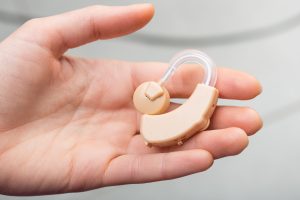 Sanitizers and disinfectants are two types of products available for removing bacteria from surfaces, but it isn’t always clear which type of product is acceptable for certain situations.
Sanitizers and disinfectants are two types of products available for removing bacteria from surfaces, but it isn’t always clear which type of product is acceptable for certain situations.
According to the Environmental Protection Agency (EPA), the main difference between sanitizers and disinfectants is that sanitizers kill bacteria on surfaces, but are not intended to kill viruses. Disinfectants, on the other hand, are capable of killing viruses and, due to their greater expected effectiveness in this regard, are held to a higher standard of testing by the EPA than sanitizers.
Disinfectants often come in the form of wipes that are used to wipe down surfaces or items that are frequently touched. It is best to use disinfectants on doorknobs, handles, phones, keyboards, and other items and surfaces you may often touch throughout each day. The main exception to this recommendation is kitchen countertops and other surfaces where food is prepared or placed, since accidentally ingesting the chemical residue from disinfectants could harm you.
While the increased strength of disinfectants compared to sanitizers may make them seem like a better option for cleaning your hands, their stronger chemical content could lead to an adverse skin reaction if used on your hands or other parts of your body.
Generally, if you need to remove germs from your hands, your best option is to wash them with soap and water, as sanitizers are less effective and may not be able to remove certain harmful chemicals such as pesticides and heavy metals; however, hand sanitizer can offer an acceptable alternative when hand washing is not possible. Sanitizers that contain at least 60% alcohol are most effective.
When using hand sanitizer, make sure to apply it correctly by rubbing it all over your hands until your skin dries. This allows you to kill as many germs as possible on the surfaces of your hands rather than just those that are on your palms, reducing your risk of infection.
All content of this newsletter is intended for general information purposes only and is not intended or implied to be a substitute for professional medical advice, diagnosis or treatment. Please consult a medical professional before adopting any of the suggestions on this page. You must never disregard professional medical advice or delay seeking medical treatment based upon any content of this newsletter. PROMPTLY CONSULT YOUR PHYSICIAN OR CALL 911 IF YOU BELIEVE YOU HAVE A MEDICAL EMERGENCY.









